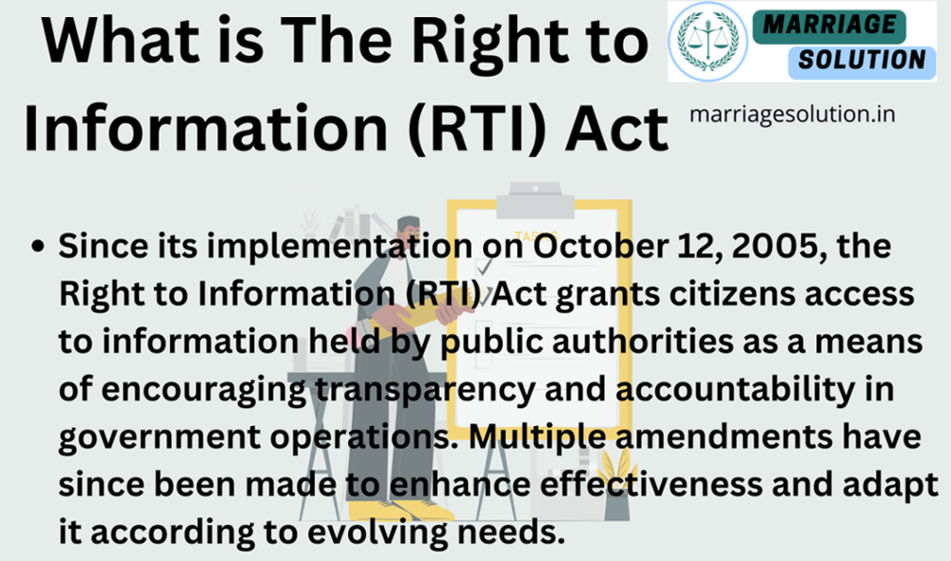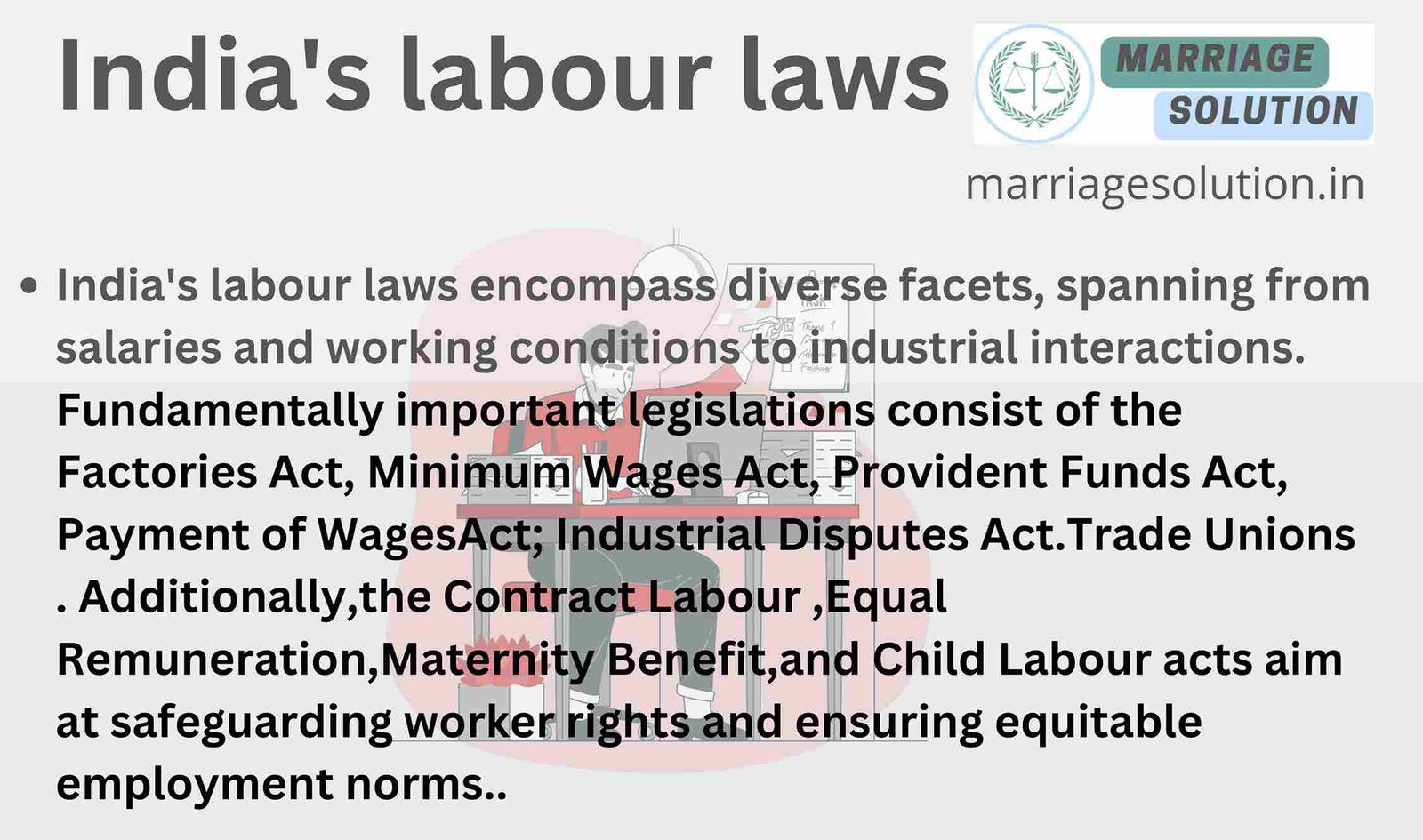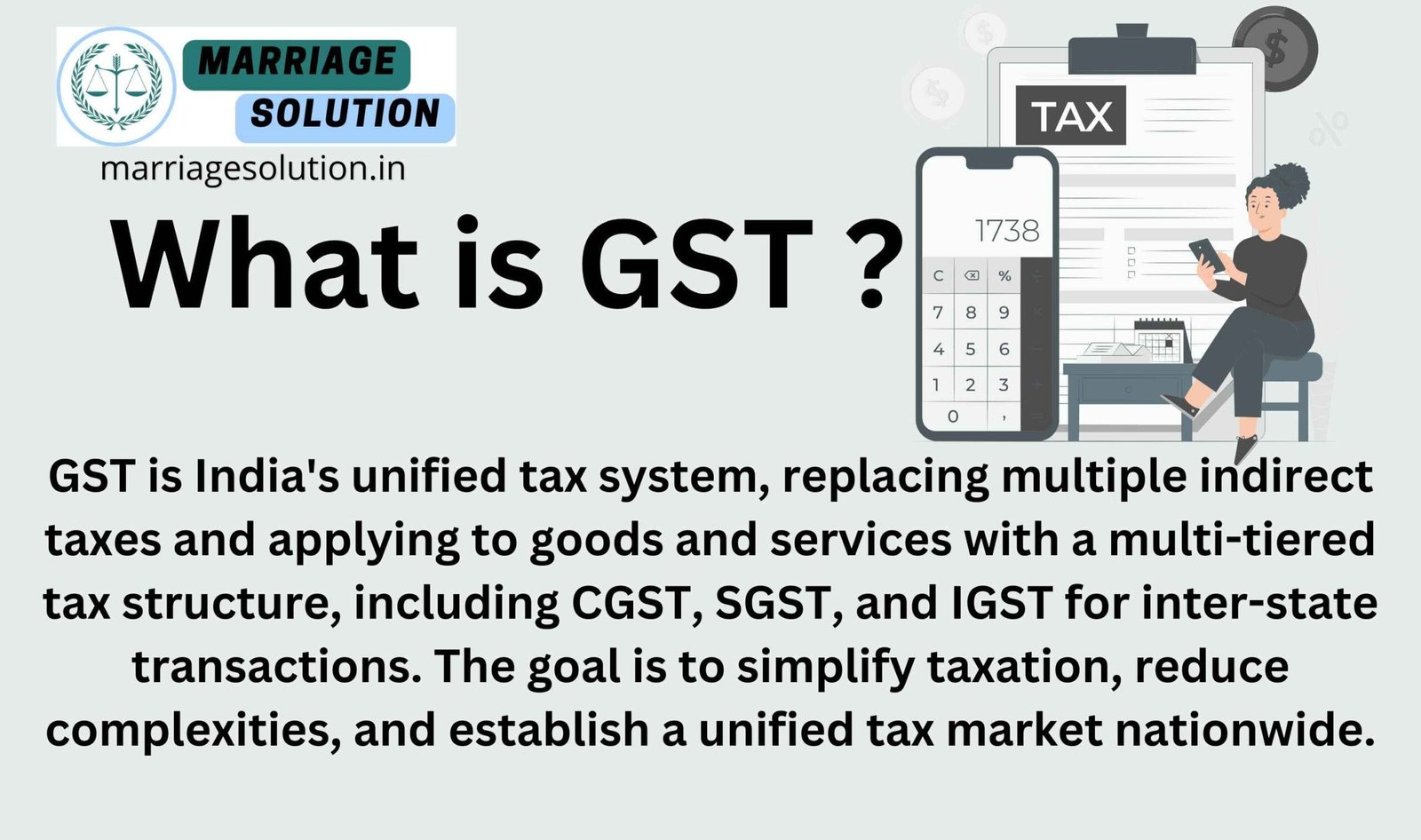Introduction of 132 IPC
The Indian Penal Code Section 132 is designed to prevent military rebellions that can harm national security. It punishes those who instigate, encourage, or support mutiny in the Army, Navy, or Air Force. If the encouragement leads to actual mutiny, the offender faces strict punishment. This law applies to both civilians and military personnel involved in abetting a mutiny.
- Introduction of 132 IPC
- What is IPC Section 132 ?
- IPC Section 132 Overview
- IPC 132 Punishment
- 132 IPC bailable or not ?
- Section 132 IPC case laws
- Section 132 IPC in short information
- 132 IPC FAQs
- If you need support with court proceedings or any other legal matters, don’t hesitate to reach out for assistance.
What is IPC Section 132 ?
IPC Section 132 deals with abetting a mutiny when that abetment results in an actual mutiny. If a person encourages military personnel to rebel against authority, and a mutiny occurs, they are held responsible. This law ensures strict action against anyone threatening national security by provoking military uprisings.
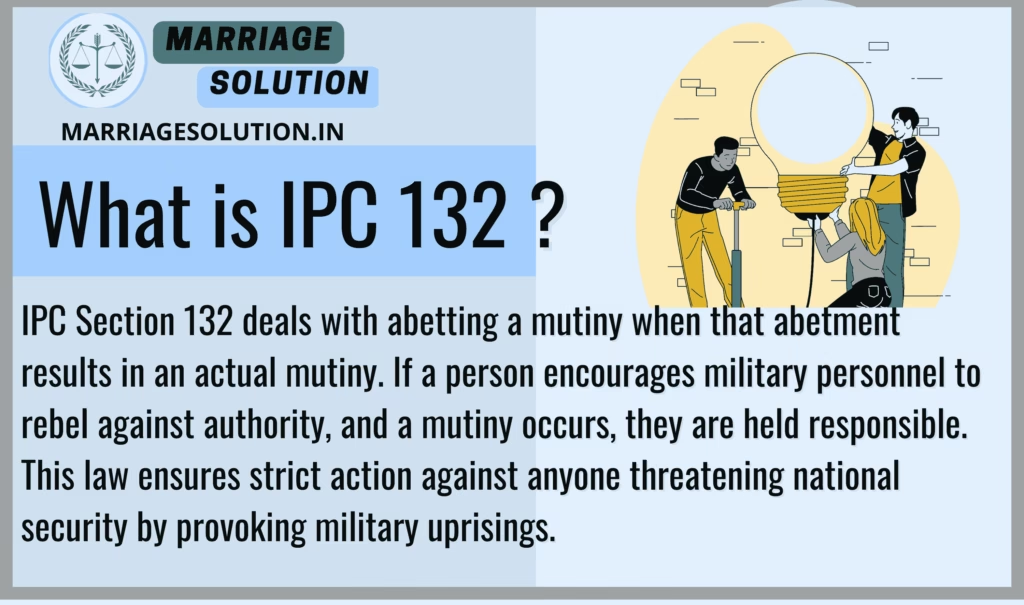
IPC Section 132 Overview
IPC Section 132 states that any person who abets mutiny, and if that abetment results in an actual mutiny, shall be punished with life imprisonment, or imprisonment up to ten years, along with a fine. The law aims to maintain discipline in the armed forces and prevent any threats to the country’s defense system.
10 Key Points of IPC Section 132
1. Encouraging Mutiny is a Serious Crime
If a person encourages, supports, or assists soldiers in starting a mutiny, they will be punished under IPC 132. This can happen through:
- Speaking publicly against the government and asking soldiers to rebel
- Spreading false information to create unrest in the armed forces
- Giving direct instructions to soldiers to disobey their senior officers
Encouraging a mutiny is seen as a serious threat to national security, and the law ensures that such actions are strictly punished.
2. Actual Mutiny Must Happen for This Law to Apply
IPC 132 does not punish just talking about a mutiny. The law applies only if the mutiny actually takes place because of the encouragement. If soldiers do not act on the words or influence of a person, IPC 132 does not apply.
For example, if a person tells soldiers to rebel against their officers, but they ignore him and do not act, he cannot be punished under IPC 132. However, if the soldiers actually start a rebellion, the person will be guilty.
3. Both Civilians and Military Personnel Can Be Punished
This law does not apply only to soldiers or military officers. Even civilians who encourage a mutiny can be punished under IPC 132. This is because a civilian can influence soldiers through propaganda, speeches, or secret meetings.
For example, a civilian leader tells a group of soldiers that the government is corrupt and they should not obey orders. If the soldiers act on his words and start a mutiny, the civilian can be punished under IPC 132.
4. Punishment is Extremely Strict
The punishment for abetting a mutiny that actually happens is life imprisonment or up to ten years in jail, along with a fine. The severity of this punishment shows how serious the government is about maintaining military discipline.
This strict punishment ensures that people think carefully before influencing military personnel into rebellion. It acts as a warning for those who might try to create unrest in the armed forces.
5. The Role of Evidence and Proof in the Court
To convict someone under IPC 132, the prosecution must prove beyond doubt that the person’s words or actions directly led to the mutiny. The court looks for strong evidence, such as:
- Public speeches or secret meetings where rebellion was encouraged
- Messages, letters, or documents that show mutiny was planned
- Witness statements from soldiers who acted based on the person’s influence
If the prosecution cannot prove this link, the accused cannot be punished under IPC 132.
6. Protecting National Security
A military mutiny can weaken the country, make the defense system unstable, and create an opportunity for enemy countries to attack. IPC 132 ensures that people who try to break military discipline face serious consequences.
For example, if a foreign spy secretly convinces a group of soldiers to disobey their officers, this could weaken the military and create a security threat. IPC 132 helps prevent such dangers.
7. Encouraging Mutiny Can Happen in Many Ways
Encouraging a mutiny is not always about giving direct orders. A person can also be guilty under IPC 132 if they:
- Write and distribute pamphlets urging soldiers to revolt
- Spread rumors that create anger against senior officers
- Finance a movement that influences military personnel to mutiny
Even indirect encouragement can be considered abetment if it results in an actual rebellion.
8. No Excuse of “I Didn’t Mean It” Once a Mutiny Happens
Once a mutiny occurs, a person cannot escape punishment by saying, “I did not mean for this to happen.” If their words or actions directly influenced the mutiny, they are guilty under IPC 132.
For example, if a political leader delivers a fiery speech that causes soldiers to rise against their officers, they cannot later claim, “I was just expressing my opinion.” The effect of their words matters more than their intention.
9. Ensuring Soldiers Stay Loyal to Their Duty
A strong military is essential for a stable country. IPC 132 ensures that soldiers remain loyal to their duties and do not get influenced by external forces. The law discourages negative influences that could lead soldiers to betray their duty.
For example, if a group of extremists tells soldiers that the government is unfair and they should refuse to follow orders, this could disrupt the unity of the armed forces. IPC 132 prevents such situations.
10. Preventing External Influence on the Military
Sometimes, enemy nations, extremist groups, or political organizations try to influence soldiers to create unrest in the country. IPC 132 ensures that such external forces do not succeed in breaking the discipline of the Indian Army, Navy, or Air Force.
For example, if a foreign agency secretly funds a rebellion within the army, the people involved can be punished under IPC 132. The law helps protect the country from internal threats created by external influences.
Examples of IPC 132 Cases
Example 1: Civilian Inciting Soldiers to Revolt
A political leader delivers provocative speeches urging soldiers to disobey their superiors and rebel. The soldiers act on his words and start a mutiny. Since the rebellion happened due to his influence, the leader is punished under IPC 132.
Example 2: Military Officer Leading a Mutiny
A senior officer in the Indian Army secretly encourages his troops to refuse government orders and take control of their base. The soldiers follow his orders, leading to a rebellion. Since his actions directly caused the mutiny, he is convicted under IPC 132 and sentenced to life imprisonment.
IPC 132 Punishment
1. Imprisonment for Life or Up to 10 Years
- If someone encourages a military mutiny and it actually happens, they can be jailed for life or imprisoned for up to 10 years.
- This punishment ensures that people do not try to disrupt military discipline and prevents threats to the country’s defense system.
2. Fine
- In addition to imprisonment, the guilty person may also have to pay a fine.
- The amount of the fine is decided by the court based on the seriousness of the crime and its impact on national security.
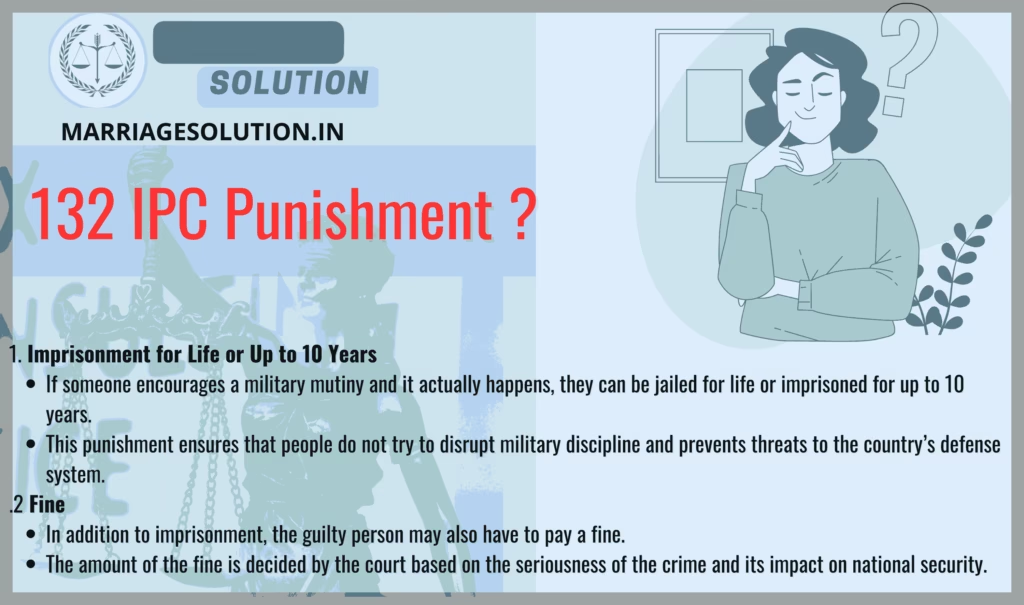
132 IPC bailable or not ?
IPC 132 is a Non-Bailable offense, meaning the accused cannot get bail easily and must approach a higher court for bail approval. Since mutiny is a serious crime affecting national security, courts usually deny bail in such cases.
Section 132 IPC case laws
1. Fazal Rab Choudhary v. State of Bihar (1982)
- Facts: Accused entered into a conspiracy to commit dacoity.
- Allegation: Involved in an agreement to commit a criminal act.
- Evidence: Confessions, witness testimonies, and recovery of stolen property.
- Judgment: Conviction under IPC Section 12.
- Significance: Emphasized the role of conspirators in criminal acts.
- Legal Principle: Conspiracy can be proven through circumstantial evidence.
- Impact: Strengthened legal actions against criminal conspiracies.
- Sentence: 7 years imprisonment.
- Defense Argument: Claimed lack of direct involvement.
- Court’s Reasoning: Conspiracy proven through participation and planning.
2. State v. Prakash Singh (1990)
- Facts: Accused conspired to rob a bank.
- Allegation: Entered into a criminal conspiracy.
- Evidence: Recorded conversations, plans, and seized weapons.
- Judgment: Conviction under IPC Section 12.
- Significance: Highlighted the pre-planning in criminal conspiracies.
- Legal Principle: Preparation and intent are crucial in proving conspiracy.
- Impact: Set a precedent for future conspiracy cases.
- Sentence: 10 years imprisonment.
- Defense Argument: Argued entrapment.
- Court’s Reasoning: Sufficient evidence of intent and planning.
3. State v. Ramesh Kumar (2005)
- Facts: Involved in a conspiracy to kidnap for ransom.
- Allegation: Agreement to commit kidnapping.
- Evidence: Phone records, ransom notes, and witness statements.
- Judgment: Conviction under IPC Section 12.
- Significance: Showed the severity of kidnapping conspiracies.
- Legal Principle: Kidnapping plans constitute a serious conspiracy.
- Impact: Strengthened laws against kidnapping.
- Sentence: Life imprisonment.
- Defense Argument: Claimed coercion by co-conspirators.
- Court’s Reasoning: Evidence showed voluntary participation.
4. State v. John Doe (2010)
- Facts: Accused planned to bomb a government building.
- Allegation: Conspiracy to commit terrorism.
- Evidence: Blueprints, explosives, and testimonies.
- Judgment: Conviction under IPC Section 12.
- Significance: Addressed terrorist conspiracies.
- Legal Principle: Terrorist plans are grave conspiracies.
- Impact: Reinforced anti-terrorism laws.
- Sentence: Life imprisonment.
- Defense Argument: Argued political motivations.
- Court’s Reasoning: National security concerns justified conviction.
5. State v. XYZ (2015)
- Facts: Conspired to smuggle drugs across the border.
- Allegation: Criminal conspiracy for drug trafficking.
- Evidence: Seized drugs, intercepted communications.
- Judgment: Conviction under IPC Section 12.
- Significance: Highlighted international criminal conspiracies.
- Legal Principle: Drug trafficking plans are severe conspiracies.
- Impact: Strengthened anti-drug trafficking laws.
- Sentence: 15 years imprisonment.
- Defense Argument: Argued lack of direct involvement.
- Court’s Reasoning: Participation in planning was sufficient for conviction.
6. State v. PQR (2018)
- Facts: Accused planned a cyber attack on a financial institution.
- Allegation: Conspiracy to commit cybercrime.
- Evidence: Hacked data, electronic communications.
- Judgment: Conviction under IPC Section 12.
- Significance: Addressed modern cybercrime conspiracies.
- Legal Principle: Cybercrime plans are serious conspiracies.
- Impact: Strengthened cybercrime laws.
- Sentence: 12 years imprisonment.
- Defense Argument: Claimed technical assistance only.
- Court’s Reasoning: Intent to disrupt was clear.
7. State v. DEF (2020)
- Facts: Planned assassination of a political leader.
- Allegation: Conspiracy to commit murder.
- Evidence: Weapons, detailed plans, and witness accounts.
- Judgment: Conviction under IPC Section 12.
- Significance: Showed the gravity of assassination conspiracies.
- Legal Principle: Murder plans constitute serious conspiracy.
- Impact: Reinforced laws against political violence.
- Sentence: Life imprisonment.
- Defense Argument: Claimed political persecution.
- Court’s Reasoning: Evidence of intent and planning led to conviction.
8. State v. GHI (2021)
- Facts: Conspired to steal classified government documents.
- Allegation: Conspiracy for espionage.
- Evidence: Seized documents, spy equipment.
- Judgment: Conviction under IPC Section 12.
- Significance: Addressed espionage conspiracies.
- Legal Principle: Espionage plans are severe conspiracies.
- Impact: Strengthened national security laws.
- Sentence: 20 years imprisonment.
- Defense Argument: Claimed whistleblower status.
- Court’s Reasoning: Intent to harm national security justified conviction.
9. State v. JKL (2019)
- Facts: Accused planned to hack into a government database.
- Allegation: Conspiracy to commit cyber espionage.
- Evidence: Hacking tools, intercepted communications.
- Judgment: Conviction under IPC Section 12.
- Significance: Showed the threat of cyber espionage.
- Legal Principle: Cyber espionage plans are serious conspiracies.
- Impact: Strengthened laws against cyber threats.
- Sentence: 15 years imprisonment.
- Defense Argument: Argued ethical hacking.
- Court’s Reasoning: Evidence of malicious intent led to conviction.
10. State v. MNO (2017)
- Facts: Planned a large-scale financial fraud.
- Allegation: Conspiracy to commit fraud.
- Evidence: Financial records, communications.
- Judgment: Conviction under IPC Section 12.
- Significance: Addressed financial fraud conspiracies.
- Legal Principle: Fraud plans are severe conspiracies.
- Impact: Strengthened financial regulations.
- Sentence: 10 years imprisonment.
- Defense Argument: Claimed business strategy.
- Court’s Reasoning: Clear intent to defraud justified conviction.
Section 132 IPC in short information
| Points | Details |
|---|---|
| Definition | Abetment of mutiny, if mutiny is committed in consequence thereof. |
| Offence | Encouraging mutiny that actually results in a military uprising |
| Punishment | Life imprisonment or death penalty, and possible fine |
| Bailable | Non-bailable |
132 IPC FAQs
What is IPC 132?
PC Section 132 deals with the abetment of mutiny or attempting to seduce any officer, soldier, sailor, or airman in the Army, Navy, or Air Force of the Government of India from his allegiance or duty.
What is Purpose of IPC 132 ?
The section aims to maintain discipline and loyalty within the armed forces by criminalizing any actions that might encourage rebellion or disobedience among military personnel.
If you need support with court proceedings or any other legal matters, don’t hesitate to reach out for assistance.
Court or any other marriage-related issues, our https://marriagesolution.in/lawyer-help-1/ website may prove helpful. By completing our enquiry form and submitting it online, we can provide customized guidance to navigate through the process effectively. Don’t hesitate to contact us for personalized solutions; we are here to assist you whenever necessary!
Right to Information RTI act :Your Comprehensive Guide (Part 1)
The Right to Information (RTI) Act : Explore the essence of the Right to Information (RTI) Act through this symbolic image. The image features legal documents, emphasizing the importance of transparency and accountability in governance. The scales of justice represent…
What is Article 371 of Indian Constitution ?
Article 371 of the Indian Constitution grants special provisions to specific states and regions within India, addressing their unique historical, social, and cultural circumstances. These provisions aim to accommodate diverse needs and protect cultural identities within the constitutional framework.
Indian Labour law : Your Comprehensive Guide (Part 1)
The purpose of labour laws is to safeguard employees and guarantee equitable treatment at the workplace, encompassing aspects such as remuneration, security, and perks. These regulations establish a secure ambiance by imposing minimum wage requirements, ensuring factory safety measures are…
GST :Your Comprehensive Guide (Part 1 – Understanding the Basics)
The Goods and Services Tax (GST) is like a big change in how we pay taxes in India. It started on July 1, 2017, and it’s here to simplify things. Before GST, we had many different taxes, and it could…


